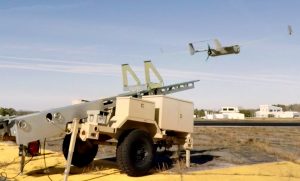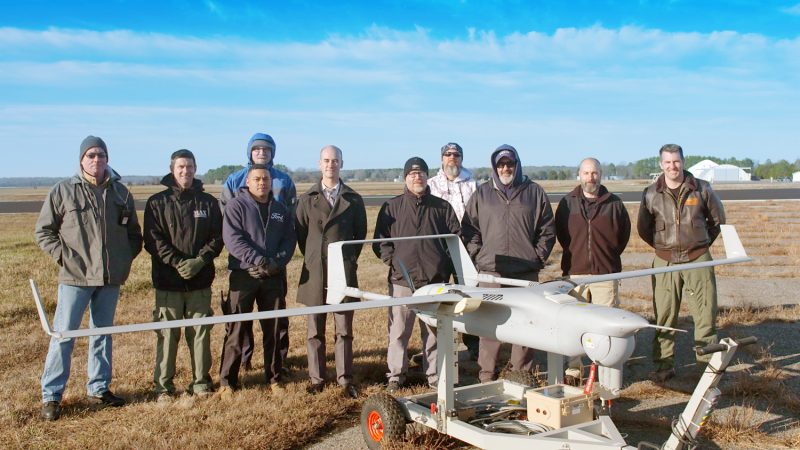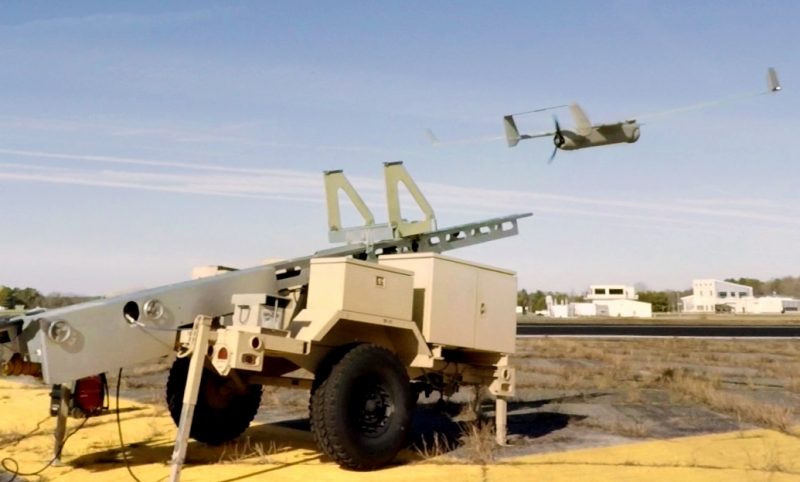 The RQ-21A Blackjack Unmanned Aircraft System (UAS) flew for the first time from Patuxent River Naval Air Station Webster Outlying Field, Maryland, in December.
The RQ-21A Blackjack Unmanned Aircraft System (UAS) flew for the first time from Patuxent River Naval Air Station Webster Outlying Field, Maryland, in December.
Before flying at Webster Field, the system conducted testing at the manufacturer Insitu’s facility, in Boardman, Oregon, as well as at Marine Unmanned Aerial Vehicle Squadrons (VMUs) on the East and West Coasts.
“We’re excited to have Blackjack flying and to be able to support it,” said Cmdr. Matt Densing, director of UAS Test Directorate (UASTD). “Webster Field is a great place to test UAS. We are right under restricted air space, and we’ve got the right people and resources available to conduct developmental tests on Blackjack.”
“Having Blackjack flying locally is beneficial for the RQ-21A team and for UASTD,” said Col. Eldon Metzger, program manager for the Navy and Marine Corps Small Tactical Unmanned Aircraft Systems Program Office (PMA-263), whose team oversees the Blackjack program. “It’s great to have resources and a test team so close to the program office to be able to maintain consistent testing and evaluation as we continue to grow and develop the system’s capabilities.”
Blackjack is currently deployed with the Marine Corps and will continue to support shipboard operations. The first Navy systems will become operational this year.
The Blackjack system provides the warfighter with dedicated intelligence, surveillance and reconnaissance capable of delivering actionable intelligence directly to the tactical commander in real time.The expeditionary nature of the Blackjack, which does not require a runway for launch and recovery, makes it possible to deploy a multi-intelligence-capable UAS from ships with minimal footprint.
A Blackjack system is comprised of five air vehicles, two ground control stations, and launch and recovery support equipment. At eight feet long and with a wingspan of 16 feet, the air vehicle’s open-architecture configuration is designed to seamlessly integrate sensor payloads, with an endurance of up to 16 hours.

The RQ-21A Blackjack team prepares to fly the unmanned air system in December 2016 at Patuxent River Naval Air Station Webster Outlying Field in Maryland. (U.S. Navy photo)

An RQ-21A Blackjack takes off from Patuxent River Naval Air Station Webster Outlying Field, Md. for the first time in December 2016. (U.S. Navy photo)


